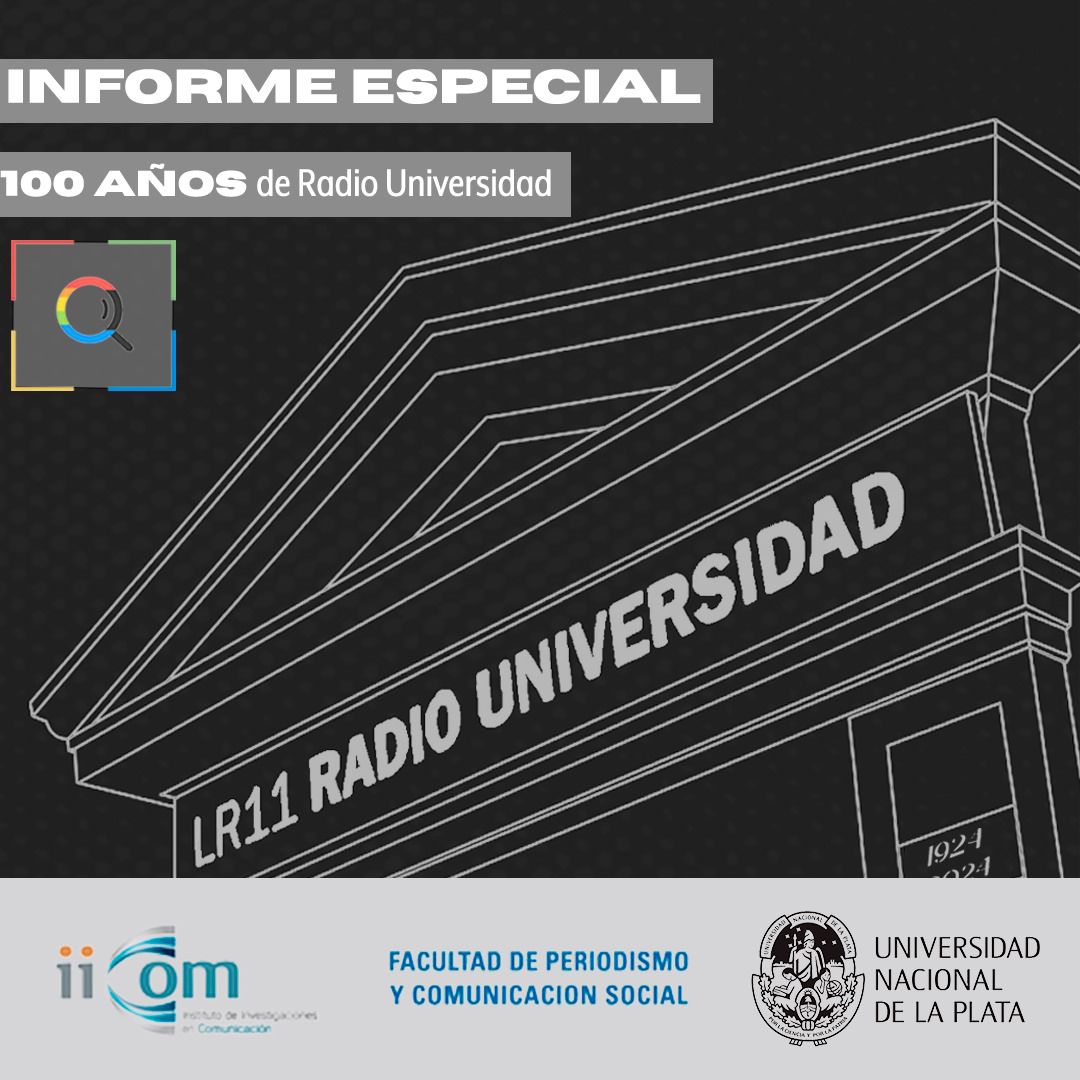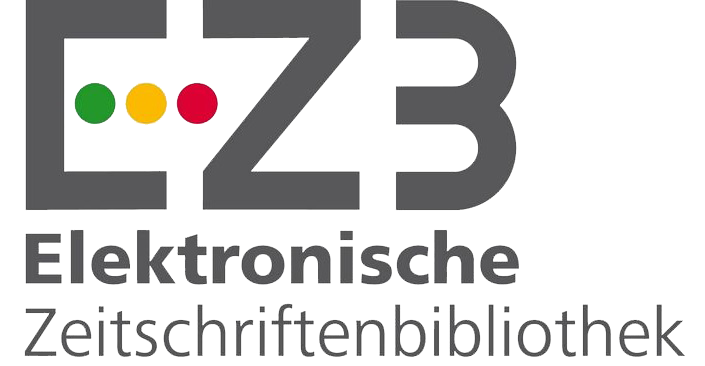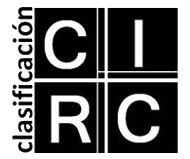La inteligencia en un bolsillo
el significado de la ciudad de Bogotá a través del smartphone
DOI:
https://doi.org/10.24215/16696581e870Keywords:
Smartphone, TransMilenio, Bogotá, Semiótica, comunicaciónAbstract
This research analyzes the influence of smartphones on the urban experience and perception in Bogotá, focusing on the users of the TransMilenio system. The study reveals that smartphones, as cultural elements, profoundly impact daily life and urban interaction in Bogotá. Additionally, by attributing specific meanings to the city through these devices, users promote the creation of a cultural identity within an increasingly interconnected society. The semiotic-communicational approach of the study highlights the transcendental role of these devices beyond communication, embedding themselves in socialization, education, work, and entertainment. The analysis shows how smartphones transform the representation of public space into a more private one and their significance in shaping new personal and collective identities, underscoring their role in the creation of a complex and connected society.
Downloads
References
Barthes, R. (1980). Camera Lucida: Reflections on Photography. Hill and Wang.
Baudrillard, J. (1981). Simulacros e Simulação. Galilée.
Bauman, Z. (2000). Modernidad líquida. Buenos Aires: Fondo de cultura económica.
Campbell, S. (2008). “Mobile Technology and the Body: Apparatgeist, Fashion and Function”, En J. Katz (ed.) Handbook of Mobile Communication Studies, pp. 328-356. Cambridge, MA: MIT Press.
Castells, M., Linchuan Qiu, J., Fernández-Ardèvol, M. & Sey, A. (2007). Mobile communication and society: A global perspective (information revolution and global politics). Cambridge, MA: MIT Press.
Castells, M. (2010). The rise of the network society. Wiley-Blackwell.
Fortunati, L. (2005). “The mobile phone as technological artifact”. En Thumb culture: The meaning of mobile phones for society, edited by P. Glotz, S. Bertschi and C. Locke. Bielefeld, Germany: Transcript Verlag, pp. 149–160.
Gibson, J.J. (1979). The ecological approach to visual perception. Houghton Mifflin.
Ingold, T. (2002). The Perception of the Environment. Essays on Livelihood, Dwelling and Skill. New York: Routledge.
Latour, B. (2005). Reassembling the social: An introduction to actor-network-theory. Oxford university press.
Márquez, I. (2019). "Roland Barthes y tú ahora sois amigos": Facebook y el mito de la amistad. Signa: Revista de la Asociación Española de Semiótica, 28, 937-957.
Mendoza-Collazos, J. C. (2021). La agencia de las cosas: una semiosis de las redes de transporte en Bogotá. DeSignis, 34, 55-65.
Merleau-Ponty, M. (1962). Phenomenology of perception. Routledge & Kegan Paul.
Niño, D. (2015). Elementos de semiótica agentiva. Bogotá: Universidad Jorge Tadeo Lozano.
Porta, P. (2023). Comunicar en tiempos de expansión de algoritmos invisibles: "Todo lo que prolifera sin ser visto, inquieta". Question/Cuestión, 3(76), e861.
Ruales, C. (2015). Las emociones y la dación de sentido en los objetos de uso. Kepes, 11(12), 140-162.
Silverstone, R., & Pons, H. (2004). ¿Por qué estudiar los medios? Buenos Aires: Amorrortu editores.
Short, T. (2007). Peirce's theory of signs. Cambridge University Press.
Turkle, S. (1995). Life on The Screen. Identity on The Age of Internet. New York: Simon & Schuster.
Turkle, S. (2011). Alone Together: Why We Expect More from Technology and Less from Each Other. Basic Books.
Downloads
Published
How to Cite
Issue
Section
License
La aceptación de un original por parte de la revista implica la cesión no exclusiva de los derechos patrimoniales de los/as autores/as en favor del editor, quien permite la reutilización, luego de su edición (postprint), bajo una Licencia Creative Commons Atribución-NoComercial-CompartirIgual 4.0 Internacional (CC BY-NC-SA 4.0)
Acorde a estos términos, el material se puede compartir (copiar y redistribuir en cualquier medio o formato) y adaptar (remezclar, transformar y crear a partir del material otra obra), siempre que a) se cite la autoría y la fuente original de su publicación (revista y URL de la obra), b) no se use para fines comerciales y c) se mantengan los mismos términos de la licencia.
La cesión de derechos no exclusivos implica que luego de su edición (postprint) en Question las/os autoras/es pueden publicar su trabajo en cualquier idioma, medio y formato; en tales casos, se solicita que se consigne que el material fue publicado originalmente en esta revista.
Tal cesión supone, también, la autorización de los/as autores/as para que el trabajo sea cosechado por SEDICI, el repositorio institucional de la Universidad Nacional de La Plata, y sea difundido en las bases de datos que el equipo editorial considere adecuadas para incrementar la visibilidad de la publicación y de sus autores/as.
Asimismo, la revista incentiva a las/os autoras/es para que luego de su publicación en Question depositen sus producciones en otros repositorios institucionales y temáticos, bajo el principio de que ofrecer a la sociedad la producción científica y académica sin restricciones contribuye a un mayor intercambio del conocimiento global.
















































